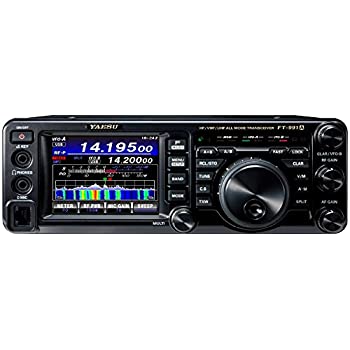Your standard amateur radio is a transmitter and a receiver, usually bought as one piece of equipment, called a transceiver. Most new equipment is quite advanced, and takes some time getting used to. Some hams, particularly old timers, prefer the old analog transceivers that have knobs and needle meters instead of digital readouts. Amateur radio enthusiasts use different kinds of equipment for communication. Some use base stations, some use handheld radios. Some use systems installed in vehicles. Depending on your interests in ham radio, you may want to try all different kinds of stations.
The ham radio can fit in your pocket, or take up all the space in your garage, or sit in your car- it’s all up to you, and it is important to work out what interests you have. Many new operators start off with tiny handhelds, and work their way up to huge shortwave installations on the countryside. Many are on a very restricted budget, and may join a ham society to get access to equipment. Ham radio clubs have a lot to offer, including meetings, equipment such as transceivers, antennas and books. These clubs exist almost all over the world, and are usually well known in the local community.
If you want professional transceivers for business use, with or without license, there are lots of hand held sets at a good sale price for good quality. You’ll find products of all the popular brands, such as Icom, Kenwood, Motorola, some electronics tuned out-of-band for ham club activities, some all the way between 137-174 mHz and around the 70cms band. There are new outlet listings every day of new and used HF rigs, marine radio, air band & VHF UHF scanners and software. There’s even a CB section for the rest!
Source by Travis Henderson

